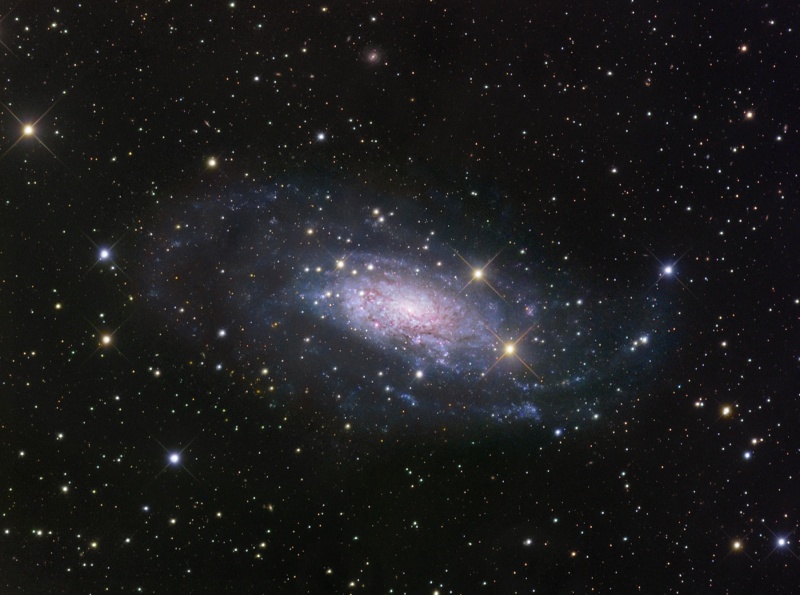A year ago ceased to be with us a sage, a learned man, Francisco Chugunowa Huete, Cuenca Madrid's father and Russian mother, doctor of chemistry, professionally dedicated to teaching in subjects environment, and amateur astronomer, a tireless student of this science.
Everyone who met Paco stayed with the bitterness of losing when he was still too young, before he could bring his talent to the stage of development that would have deserved.
Francisco Huete (far left) with attendees to the days of astronomy at the Planetarium of Castellón, on 27 March 1999. Persons identified in the photo from left to right (Francisco Huete, Miguel Rodriguez, nor, nor, Francisco Sanchez, Rafael Gonzalez, Jorge Garcia, Pedro Arranz and son)
Huete Paco left some papers that showed his deep knowledge of astronomy. Published an article entitled "Scientific Eschatology" in the October 1987 Astronomy Tribune, in which he spoke about the remote future of the universe as is demonstrated by astrophysics. He also had written a treatise on astrophysics that until now has not been published.
When a loved one leaves us tend to remember the most beautiful and intimate moments that we lived. Unfortunately, since I met Paco did not have many occasions to talk with him and learn from their knowledge. Naturally, we share our love of astronomy at some lectures and observation outside outlets Madrid. In the long distances to escape forcing the intense light of Madrid city, we could talk about many things, and discovering a shared taste for classical music, particularly Joseph Haydn, which Paco was revealed as a profound admirer and connoisseur.
image of a meteor shower of the Leonids, the "storm" in the morning of November 18, 1999. Juan Carlos Casado image published on the web Astronomical Picture Of The Day from NASA. The image was photo of the day for November 23, 1999.
One of these outputs shared observation was that glorious night's storm dce the shooting stars of the Leonids, the night of 17 to 18 November 1999. The recent passing of parent comet of this current meteoric had added new material which increased the density of meteoric tube, promising a shower of shooting stars of extraordinary richness. In fact, the show did not disappoint us at all, and at times of maximum fall we could see several meteors per second, as the handful. Another! Other! Other!, Yelled every time we saw the light strand of each particle of comet dust to disintegrate in the atmosphere, until no We were overwhelmed to announce each sighting. Very early we leave the place near Villarejo de Salvanes, tired but happy for the wonderful performance that featured the Leonids.
Since a year ago we had to say goodbye to Francisco Huete, I keep remembering that night meteor and the music of Haydn, and all those memories were mixed when I saw a few months ago in concert oratorio The Creation (Die Schöpfung) of this great Austrian composer. I have a few verses of the first part as a dedication, in the words of the chorus that sings in the fourth day of creation, following the creation of the firmament:
Die Himmel erzählen die Erhe Gottes,
Hände Werk Und temples
Zeigt an das firmament
translation:
The heavens declare the glory of God,
and the work of their hands
is evidenced in the sky.
Paco Farewell ...







